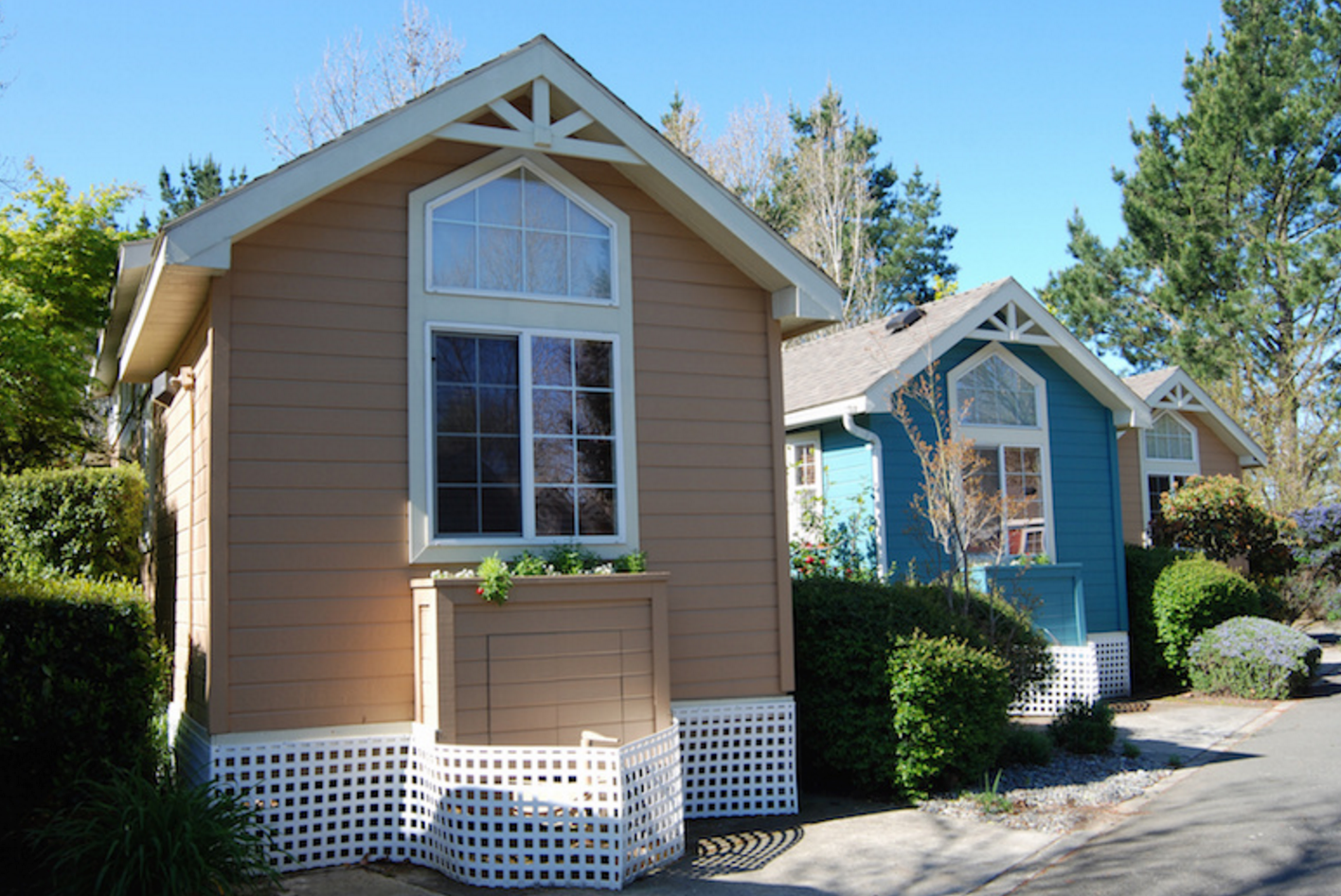Tiny Homes for Seniors: A Three-Part Series, pt 1
Are you a Canadian who is worried about your aging parent or the quality of life you will have as you approach what should be your golden years? Do stories about care facilities and quality of life for seniors have you wondering- how can we do this differently? Statistics tell us that we are about to face what some call a “silver tsunami”- where the proportion of the population aged 65 and older will almost double during the next 20 years. Yet we constantly hear stories in the news about understaffed, low-quality care facilities and how they physically, mentally and emotionally affect us all now. Stories about how these grim and depressing facilities can strip away any remaining dignity and quality of life for seniors- are these really the best types of homes for our parents, grandparents and eventually for us? With the number of seniors growing in our population, what can we as a society do to improve the conditions that this valuable segment of our population is facing now and in the future?
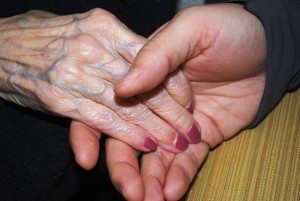
Tiny Homes For Seniors
Here at tiny house listings Canada, we cannot help but feel deeply concerned about the looming crisis, and that’s why we are putting our heads together and asking ourselves- are tiny homes a viable solution to these problems? Can the small home movement help to improve the lives of seniors if they could live closer to family, or in a medically supported community of other seniors living in tiny houses? We can’t help but think that homes designed specifically with the needs of seniors in mind could be a lot more rewarding than many of the current care facilities we hear about. In this special 3 part series, we will investigate the practical realities of this idea in hopes that there is more in store for us all than the bleak reality of aging without a sense of home, community, and true wellness. We will address the benefits of a tiny life for seniors, their families and their caregivers, meeting health care needs, lifestyle possibilities and more.
“Currently 76,000 vulnerable seniors live in nursing homes. Thousands more are on regional waiting lists. Hospitals consider them “bed blockers.”
I think we see nursing homes as a symbol of failure — failure of the individuals to care for themselves, of families to care for older people, of the medical system to cure them. It’s something we don’t want to think about because we intend to avoid such places when we grow old.
That attitude has led to underfunding, understaffing, low wages and high turnover in nursing homes. Care providers don’t have time to listen to residents, respond to their needs, help them eat, talk to them or alleviate their boredom. Food service workers lock the dining room between meals. Clothes vanish in the laundry. Government-required paperwork takes precedence over caregiving. It is not unusual to see a dozen seniors — some with dementia, some in wheelchairs, some heavily sedated — lined up in front of a television staring vacantly at a rerun of I Love Lucy.”
– Sociologist Pat Armstrong, York University
Whatever Happened To the Golden Years?
In today’s world, options seem limitless. That is…until you price out the costs for seniors services, essentials such as quality healthcare and comfortable housing. Consider also that the average monthly rate for seniors in independent living facilities in Canada averages between $3000 – $5000/month and higher depending on the area. The average monthly rate for assisted living is even higher at $4500 – $6000/month or more depending on the area. These costs are outrageous, and even with the amounts we pay, we hear terrible stories about care facilities being understaffed, lacking a sense of warmth and quality health care and even isolating. Is this the dignity that older people deserve? Not even close.
The alternative independent living communities, are not easily accessible for many seniors and their families as there currently there is no funding (government or otherwise) available for most independent living communities in Canada. These communities are owned by for-profit, or faith-based not-for-profit organizations.
What if we could offer seniors independent living in their own tiny house? This could include parking their home on the property of a close family member, a phenomenon already happening all over Canada. Sometimes, family members want to be the person who takes care of an aging parent. They want to be involved in their care, yet both parties would also like them to maintain a sense of independence. Tiny Homes are a perfect option in that case! And what about being a part of a community of seniors who all live tiny houses? What if a group of seniors could have autonomy AND quality health care with a centralized nursing station right at the heart of a tiny house community designed just for them? What if we saw these new tiny house communities popping up all over cities where empty lots otherwise sit around waiting to be filled? Gardens, walking areas and other outdoor elements could be built into the planning.
Surely there are alternatives to the current models of health care for aging Canadians?
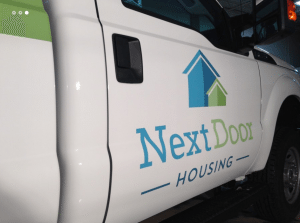
Tiny Homes For Seniors- Can This Actually Work?
The Drop HomeTM is a 240-square-foot mobile home designed specifically for families who want to stay closely connected with their aging family members. The 24-year-old entrepreneurs who designed the house did so with their grandparents in mind. Lammi in particular said that his motivation for starting the US-based organization NextDoor HousingTM, which builds the small homes, was his ailing grandfather. The family wanted a transitional, mobile housing option but couldn’t find one. Sadly, they eventually were forced to put their grandfather in a nursing home. They have since created this company to help other families avoid the same unfortunate situation.
When asked if they offer home care services for their Tiny Houses- NextDoor Housing responded:
“We are establishing a network of preferred partners who provide reliable and professional services. As the need arises, we will coordinate this service with our preferred in-home care providers.”
and when asked about handicap accessibility…
‘Our Drop Homes have been universally designed with help from certified aging in place specialists and architects to ensure they are both handicap accessible and completely functional. Additionally, your unit can be equipped with a ramp to ensure complete mobility for a wheel chair.”
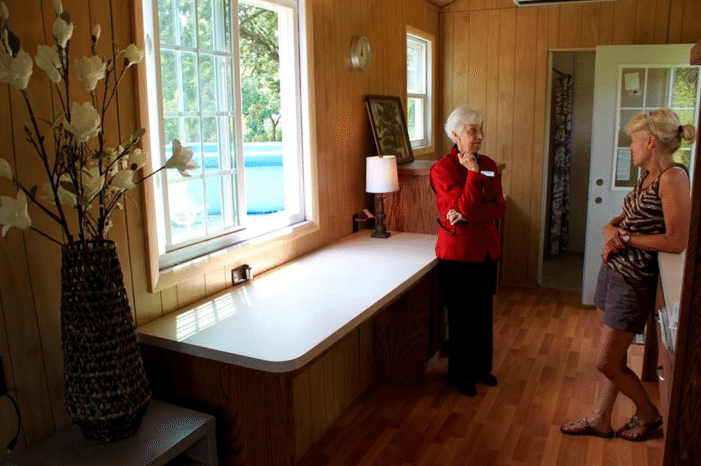
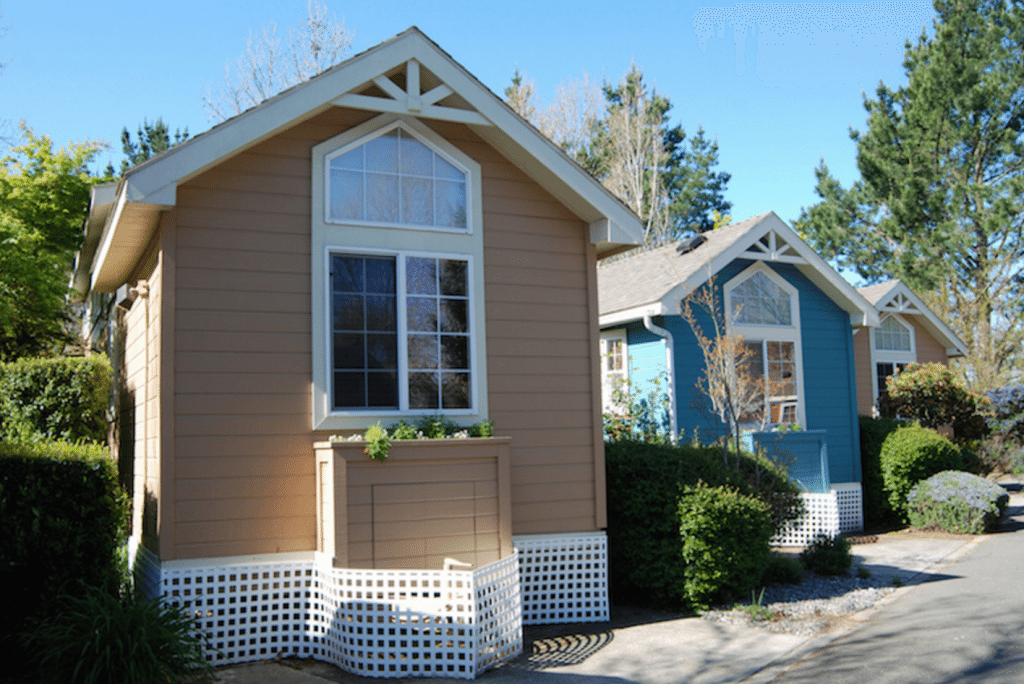
MedCottage (aka- “The Granny Pod”)
These pre-fabricated and pre-equipped medical cottages can be installed in a backyard behind a caregiver’s home (zoning laws permitting), and hooked up to the existing sewer, water and power lines. The prototype “granny pod” units cost up to $125,000, and has standard safety features including hand railings, defibrillators, first aid supplies, lighted floorboards and a soft floor to minimize damage from falls.
A tiny house built to meet a senior’s needs can cost anywhere from $30,000 to $125,000. If you average that out over 10 years of costs for independent living facilities, the tiny home can be paid for over a few years (these numbers vary, please see resources for details). After that is covered, the additional funds that would have been spent over time can now be added to investing in healthcare including medicine, care aids and medical personnel, lifestyle enhancements and more. We see this concept being applied to whole communities or to individual families who want to have their parents/ grandparents close to them. These small homes can be funded with government subsidies, loans/ mortgages or they can be individually purchased with retirement or family savings. Care aids and nurses would have to live close-by or on the premises in a separate building, with all medical supplies needed on hand (or in some cases, services are built-in to the Tiny Home via the manufacturer. This would give the senior a sense of autonomy and well-being. Research shows that being in a familiar environment allows someone to receive the best support in healing both their body and their mind.
What Needs To Happen Next?
Canadians who are interested in this concept would benefit from doing their own research as then sharing the ideas presented here with as many friends and family members as they can (Facebook is great for spreading ideas). They should also contact mayors and council members to help this gain some real traction on the ground level. The sooner we can get local governments to treat tiny houses as an acceptable form of housing (including them in building codes and zoning bylaws), the sooner policymakers can include them as housing options for Canadians in our cities and in rural areas, and not only seniors but those in Generation Squeeze, those who prefer a simpler lifestyle and those who care for the environment.
We also welcome your comments, feedback and questions. We realize that this is a very complex topic and we are learning about it as well. If you want to talk more with us about it, feel free to comment or Contact Us and we’ll be in touch soon.
We have covered a number of difficult topics in this first part of our three-part series, including the very real costs associated with being a senior in Canada. Here’s a recap:
- Over 600,000 seniors live in poverty, and nearly one-third of working Canadians will see a major decline in their standard of living when they retire
- $3000 – $5000/month is the average monthly rate for seniors in independent living facilities
- $4500 – $6000/month is the average monthly rate for seniors assisted living facilities
Possible Solutions:
- A tiny house can be built for $30,000~$125,000 and meet a senior’s needs including medical
- Seniors can experience independent living in their own tiny house parked in the driveway of a close family member, or as part of a community of seniors in tiny houses
- Savings can be put toward health care needs and activities and keeps family together
- Research shows that being in a familiar environment allows someone to receive the best support in healing both their body and their mind.
If you have a senior in your life, please take a moment to contact your local seniors living association and ask them about tiny living as an option; or, attend a council meeting and ask local government about updating bylaws to reflect current housing needs.
Part 2 of 3:
We Look More Closely at How to Meet Health Care Needs, as well as Location Options for Seniors Tiny House Communities.
STAY TUNED OVER THE NEXT FEW WEEKS!
Join The Conversation on Facebook
Resources:
http://www.gensqueeze.ca/
http://www.nextdoorhousing.com/drophome/

